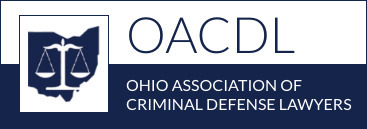Complete Story
The Rule of Lenity: It’s Not Just for Law School, Folks
By: April Campbell
Basically, Pendergrass had been convicted of unlawful sexual conduct with a minor in 2016. Then, in 2017 he was indicted again for something that happened in 2015, before he was ever convicted the first time around. But this time the State used a penalty enhancement statute to bump up the penalty as a second-time offender -- even though the offense occurred before he was ever convicted in the first place.
Ultimately, Judge DeWine opts not to side with the State’s policy argument, and decipher “statutory meaning through guesses.” Instead, the Court sides with the trial court out of Montgomery County, who granted Pendergrass’s motion to dismiss his indictment. Finding it to be a “strange consequence” to allow the prosecutor to increase punishment solely on the order it chose to indict Pendergrass, the Court used the rule of lenity to put the kibosh on increased punishments based on the selective ordering of indictments.
Thanks to this decision, under the penalty enhancement statute, you can only enhance unlawful sexual conduct with a minor to a second-degree felony, when the next offense occurs after the first conviction.
Breathing new life into a rule we all learn as 1Ls, this decision is worth the read. Not only because it makes sense of an ambiguous statute and sides in favor of the accused. But also because the language Judge DeWine uses makes it a fun read, despite being about something as dull as penalty enhancements.

